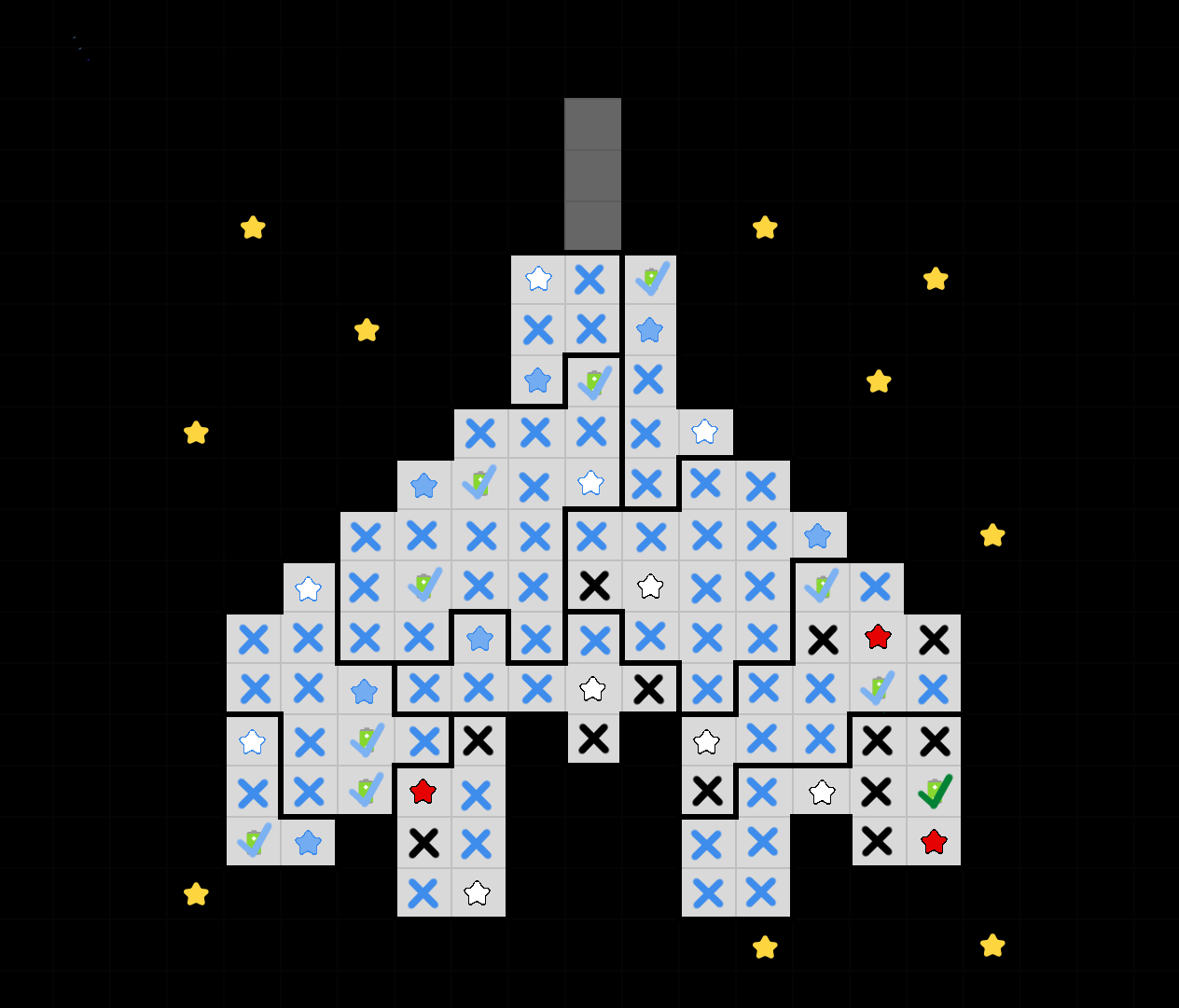
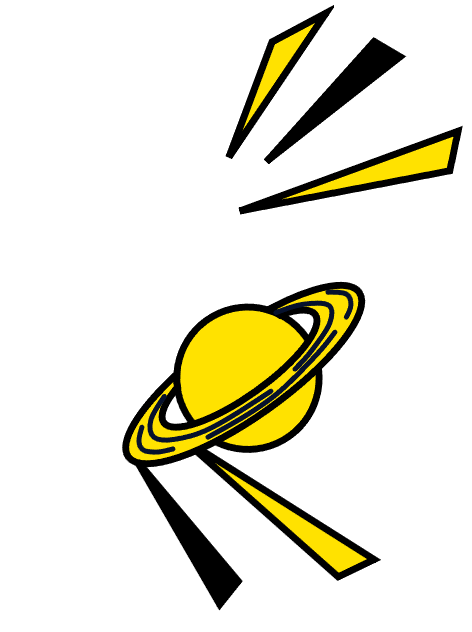
Starship Battle
Solution
by Ariel Uy, Ivan Wang, and Olga Vinogradova
Art: Olga Vinogradova
Answer: SAILOR MOON
The logic portion of this puzzle is based on star battle rules with a few adjustments. Unlike a normal star battle puzzle, this grid is shaped (appropriately) like a starship but with some stars outside the grid. We have to distinguish the stars we place in the grid as either red giants or white dwarfs using the power cell locations. And finally, we don’t care about star regions outside of the starship.
The following image shows locations of the stars. A brief walkthrough of the logic is provided in the appendix.
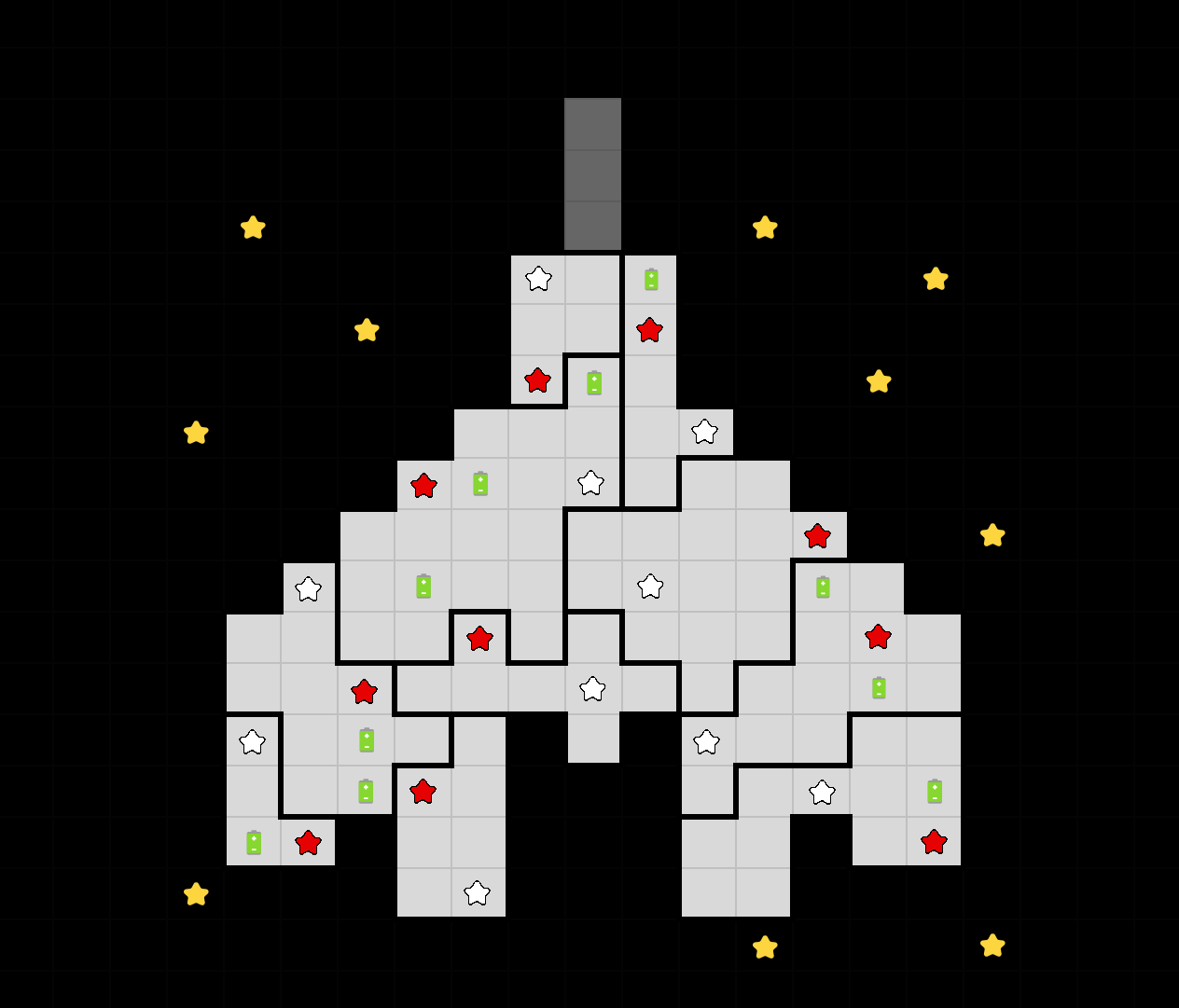
Each image below the logic portion depicts the inhabitants of a fictional starship, as clued by both the puzzle title and the grid shape. To further confirm this, the images are in alphabetical order of starship names.
As hinted by the flavortext, we need to fill in the grid with the names of the starships in reading order. Each name is a unique length so there is only one way to do this. Taking the red giant letters and using the power cell numbers as ordering gives the final answer SAILOR MOON.
| Image | Starship Name | Franchise | Length | Red Giant Letter | Power Cell # |
|---|---|---|---|---|---|
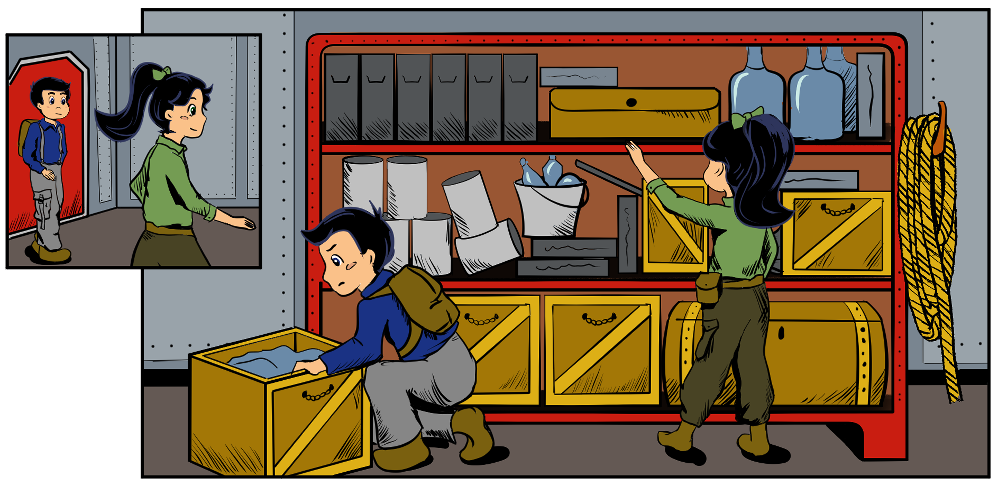 | ARKOSE | Matt & Emma | 6 | R | 6 |
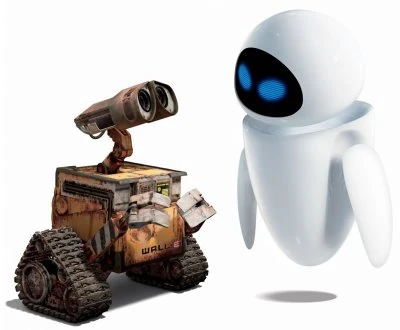 | AXIOM | WALL-E | 5 | M | 7 |
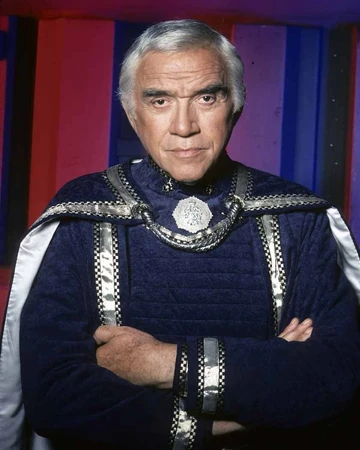 | BATTLESTAR GALACTICA | Battlestar Galactica | 19 | L | 4 |
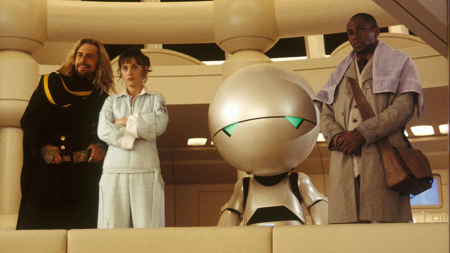 | HEART OF GOLD | Hitchhiker's Guide to the Galaxy | 11 | O | 5 |
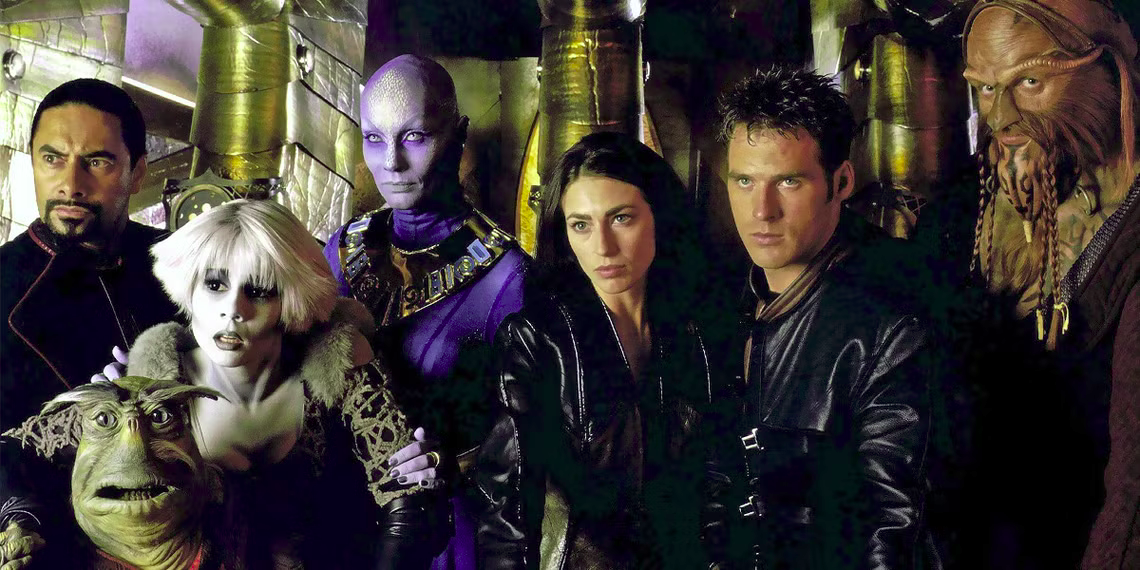 | MOYA | Farscape | 4 | A | 2 |
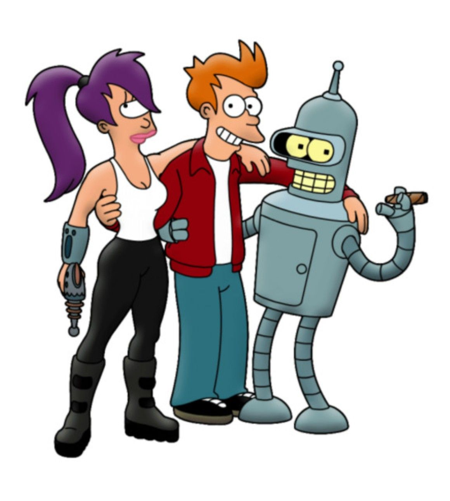 | PLANET EXPRESS | Futurama | 13 | N | 10 |
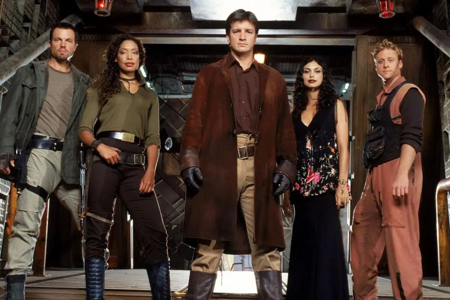 | SERENITY | Firefly | 8 | S | 1 |
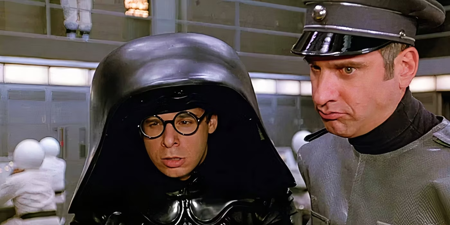 | SPACEBALL ONE | Spaceballs | 12 | O | 8 |
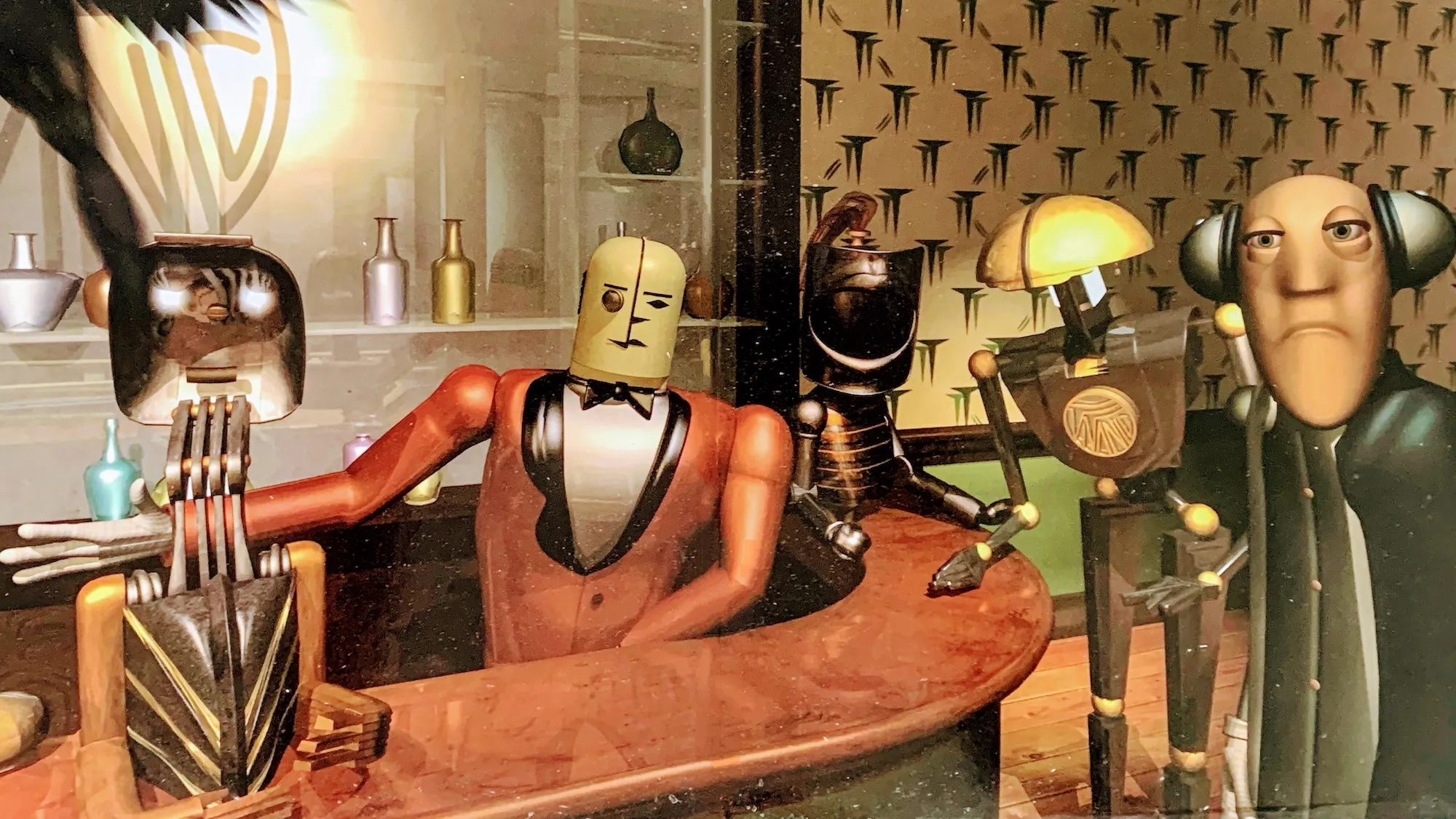 | STARSHIP TITANIC | Starship Titanic | 15 | I | 3 |
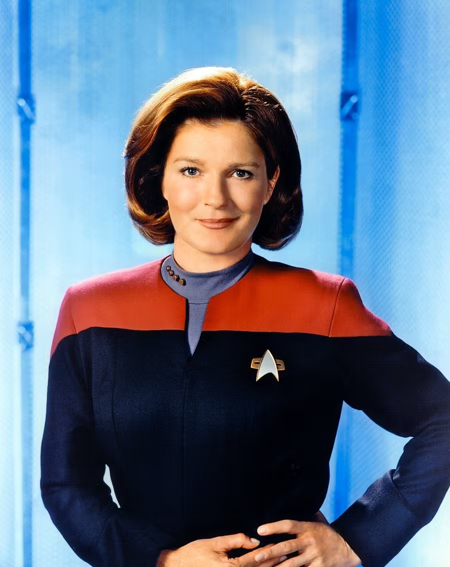 | VOYAGER | Star Trek | 7 | O | 9 |
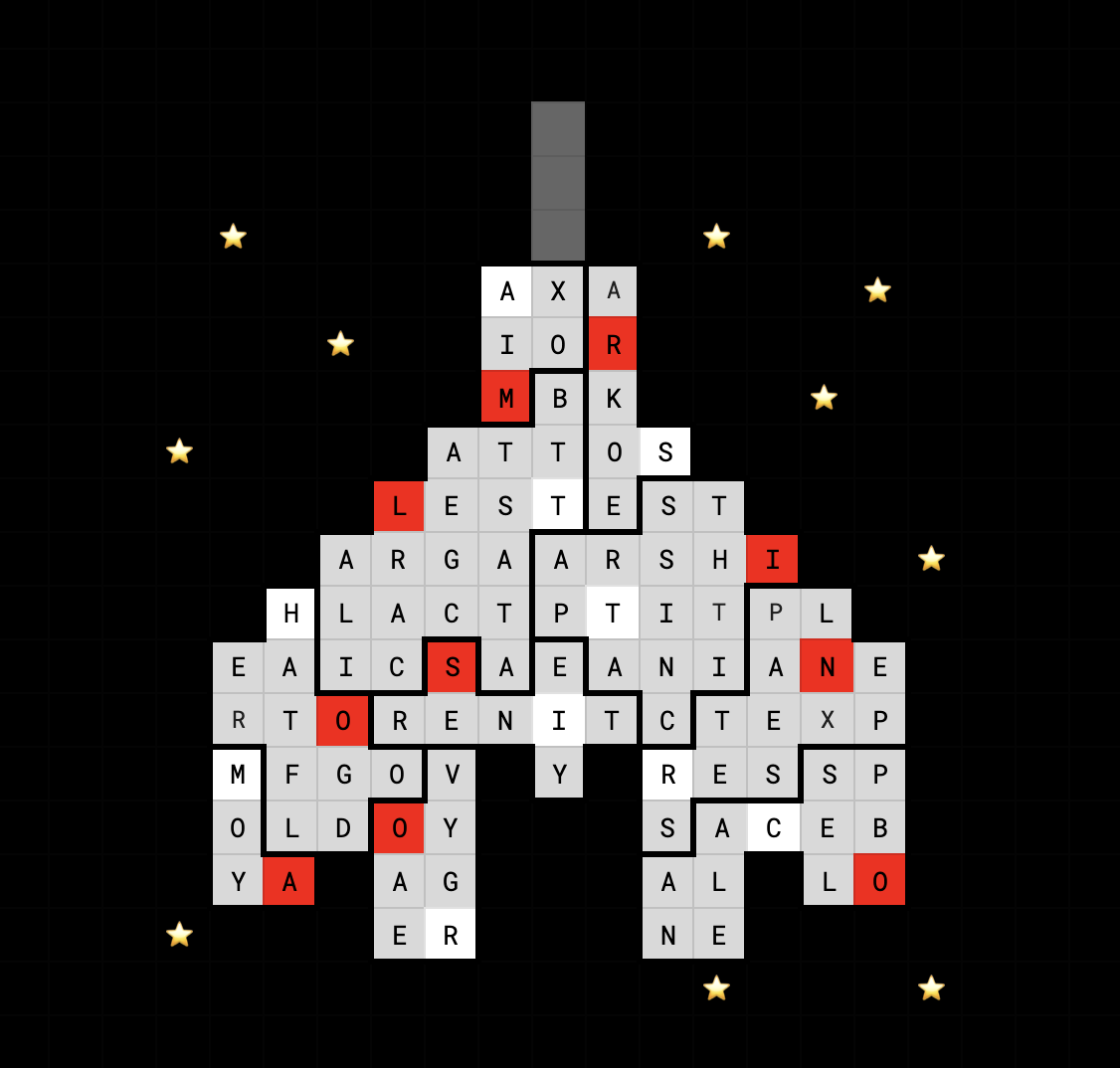
Authors' Notes
This puzzle went through a few iterations. Counting-savvy teams might have noticed that there are 100 cells in the starship. That is because the starship names were originally chosen to fit in a typical 10x10 star battle grid, with some cheesy extraction to determine the final answer. However such a puzzle is too bashable with online solvers and a starship grid looks way cooler, so we decided to invent some rules to make this version work. For completeness, here is the first star battle. Quality is not assured.
Up until a month before hunt, the "Starship Titanic" slot was filled by a misspelled "Millenium Falcon" (sic), which made it past multiple rounds of testsolving before our eagle-eyed factchecker noticed the typo. Panic ensued, and we considered multiple ship name swaps, including renaming the Arkose itself. You have Douglas Adams to thank for the fact that Matt and Emma did not fly on the "Tame Traveler."
It turns out, few people know how to spell "millennium."
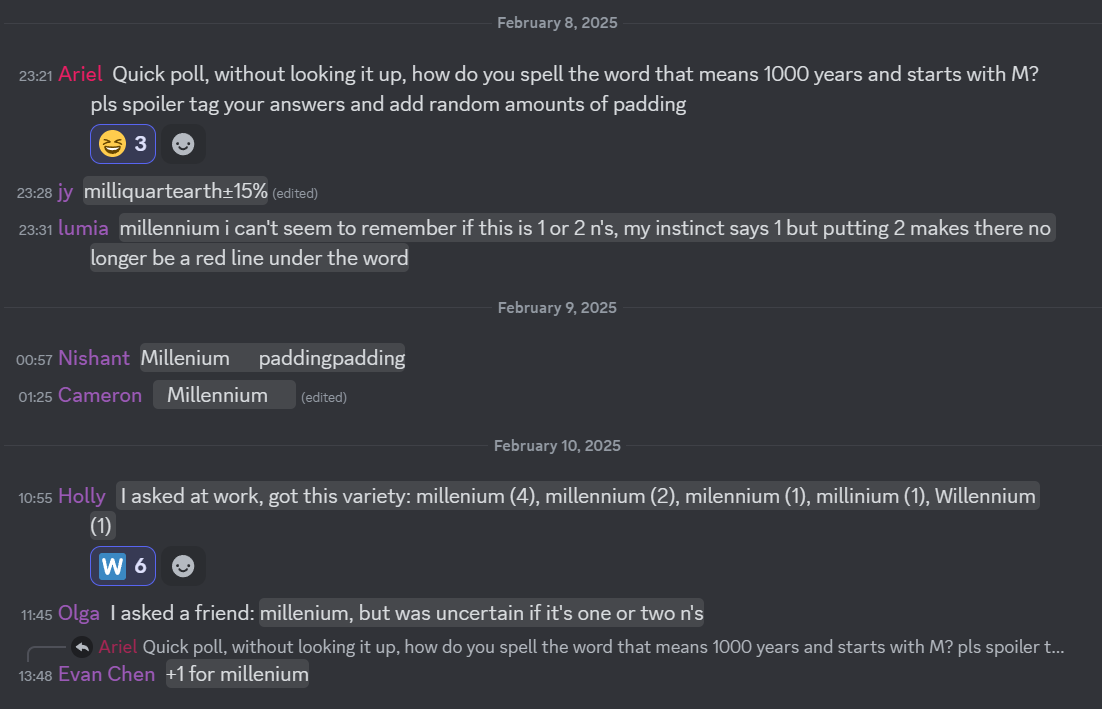
Appendix
Here is a full walkthrough of a possible solution path. A general tip: rules regarding star adjacency with (or away from) a power cell are quite powerful for regions that do not have one.
A few stars can be placed immediately for the size 4 and size 5 regions. Since white dwarfs may not be next to power cells, the top white star is also placed. We also note that one of the columns on the right side already has 2 stars in space and can be marked off.
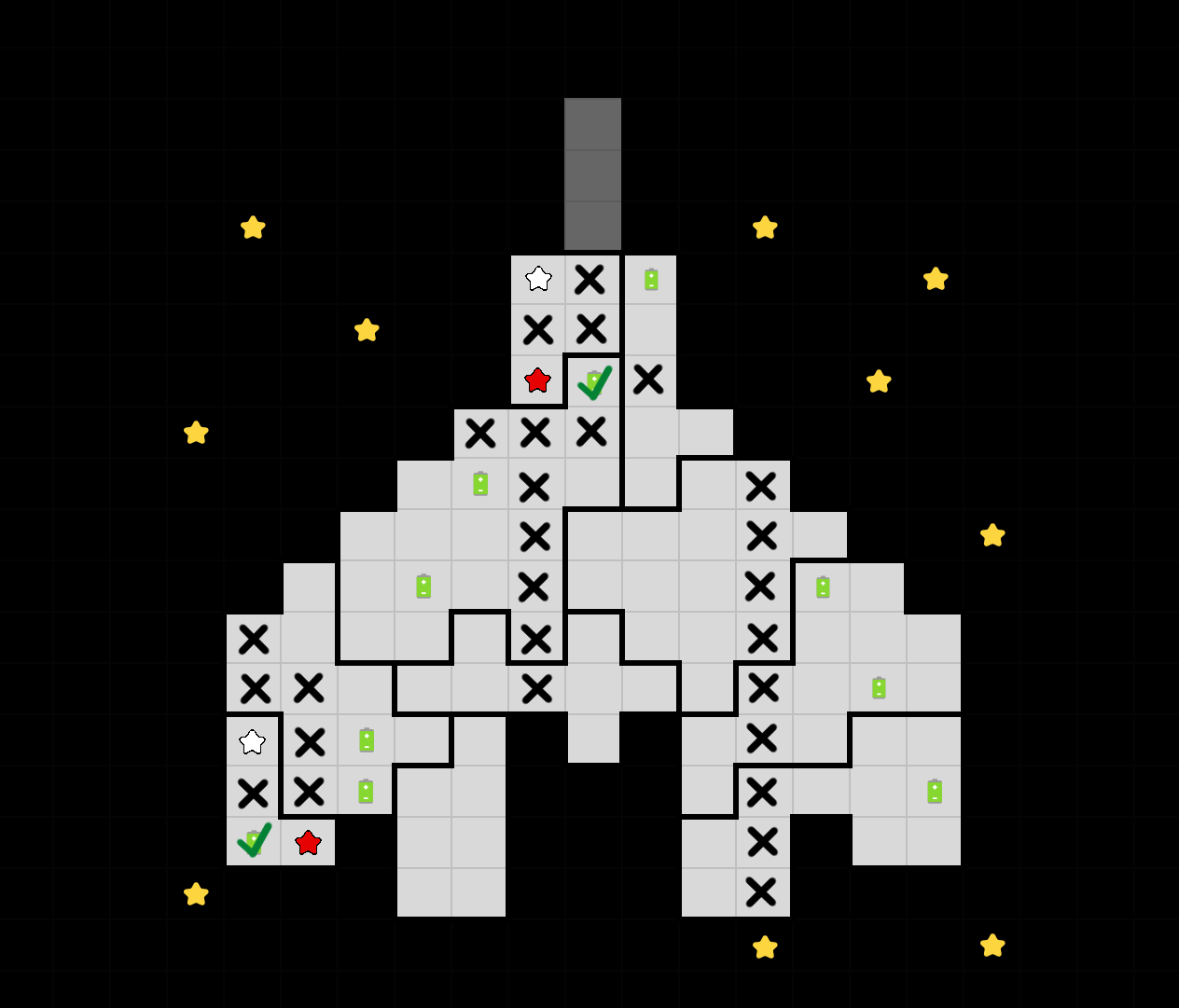
There is only one cell in the size 15 region where a red giant may go and be adjacent to a power cell.
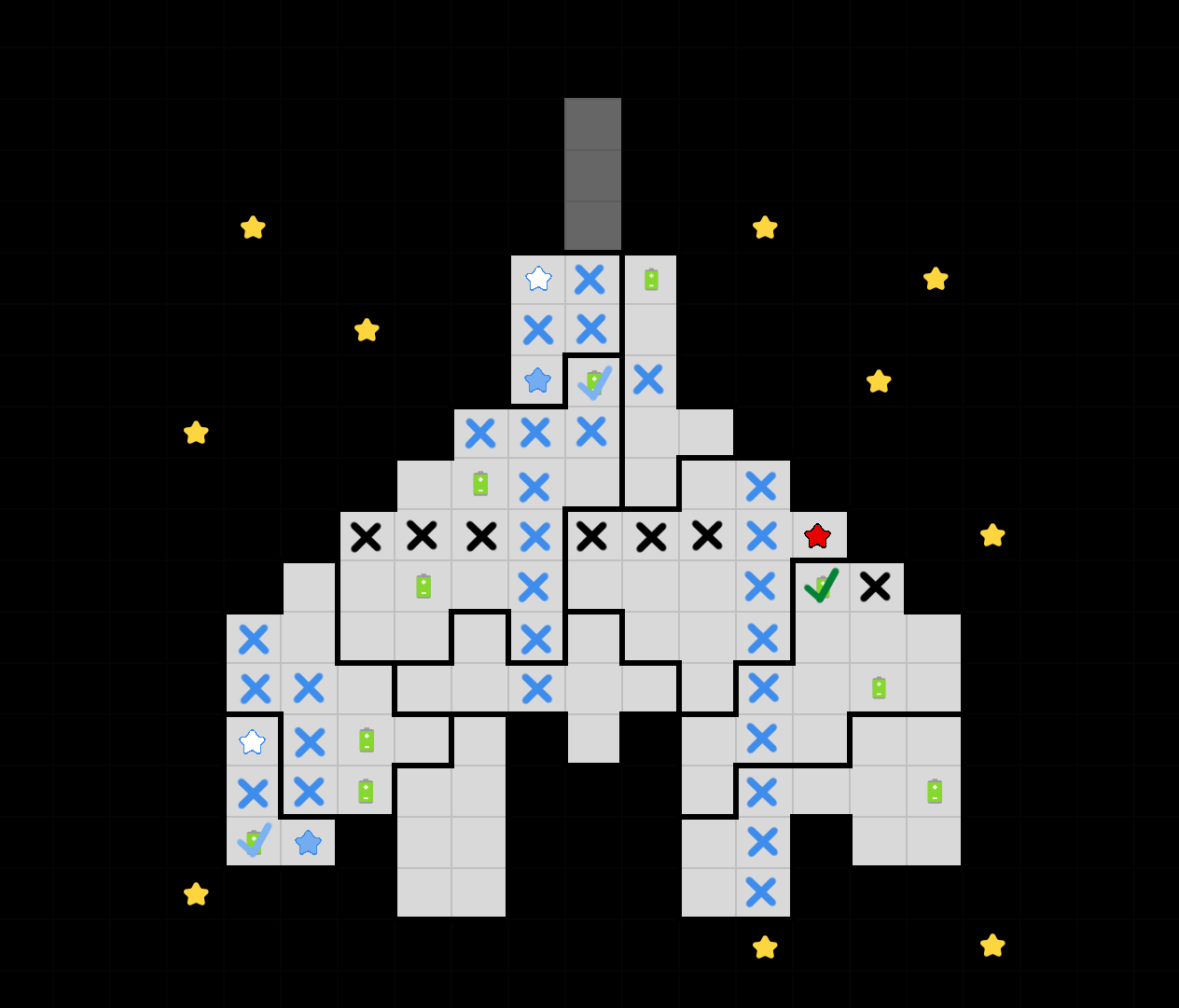
This allows us to place a red giant in the size 19 region, since no more cells are open around the power cell in that region. Similarly, we can place the white dwarf, as all other cells are next to a power cell.
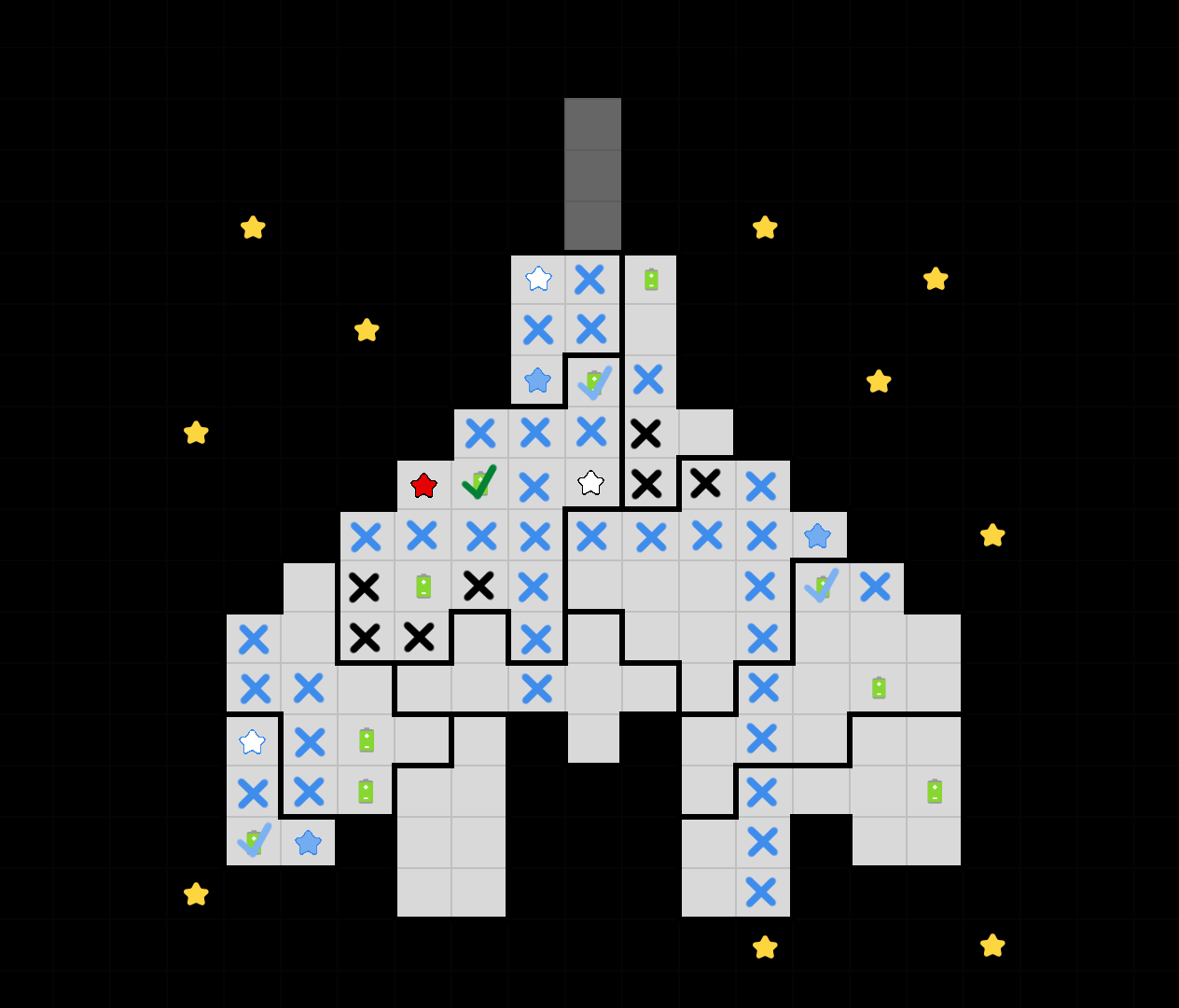
There is now only one cell available around the second power cell in the size 19 region. That places a red giant in the size 8 region and forces both star positions in the size 11 region in the left side of the grid.
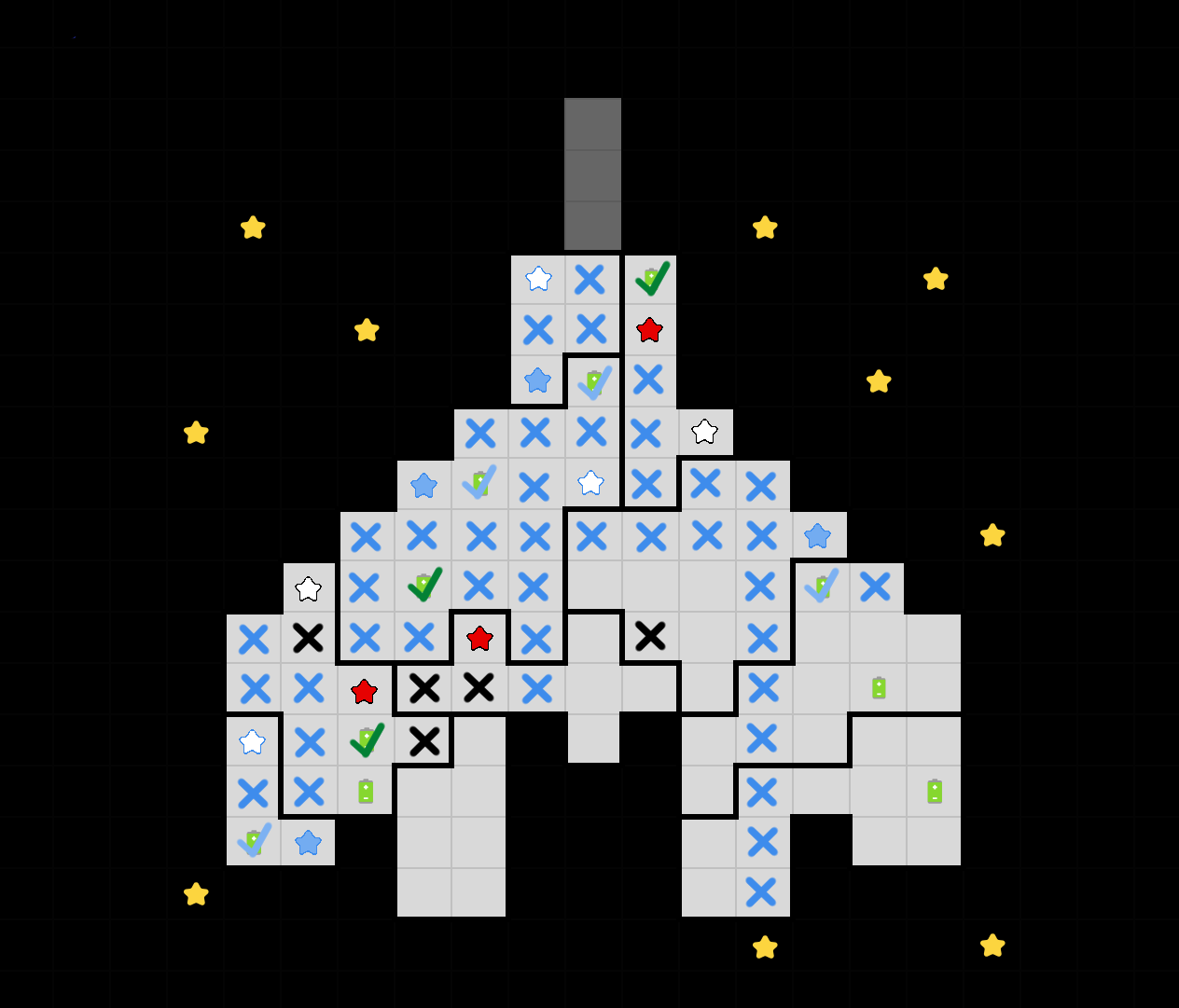
In the size 13 region there are only two cells where a white dwarf may go and they are both in a single column. This allows the rest of the column to be crossed off, and forces the general locations for two more stars in the right side of the grid. On the left side, we know that a red giant must be adjacent to the second power cell in the size 11 region, and there are two possible spots for it.
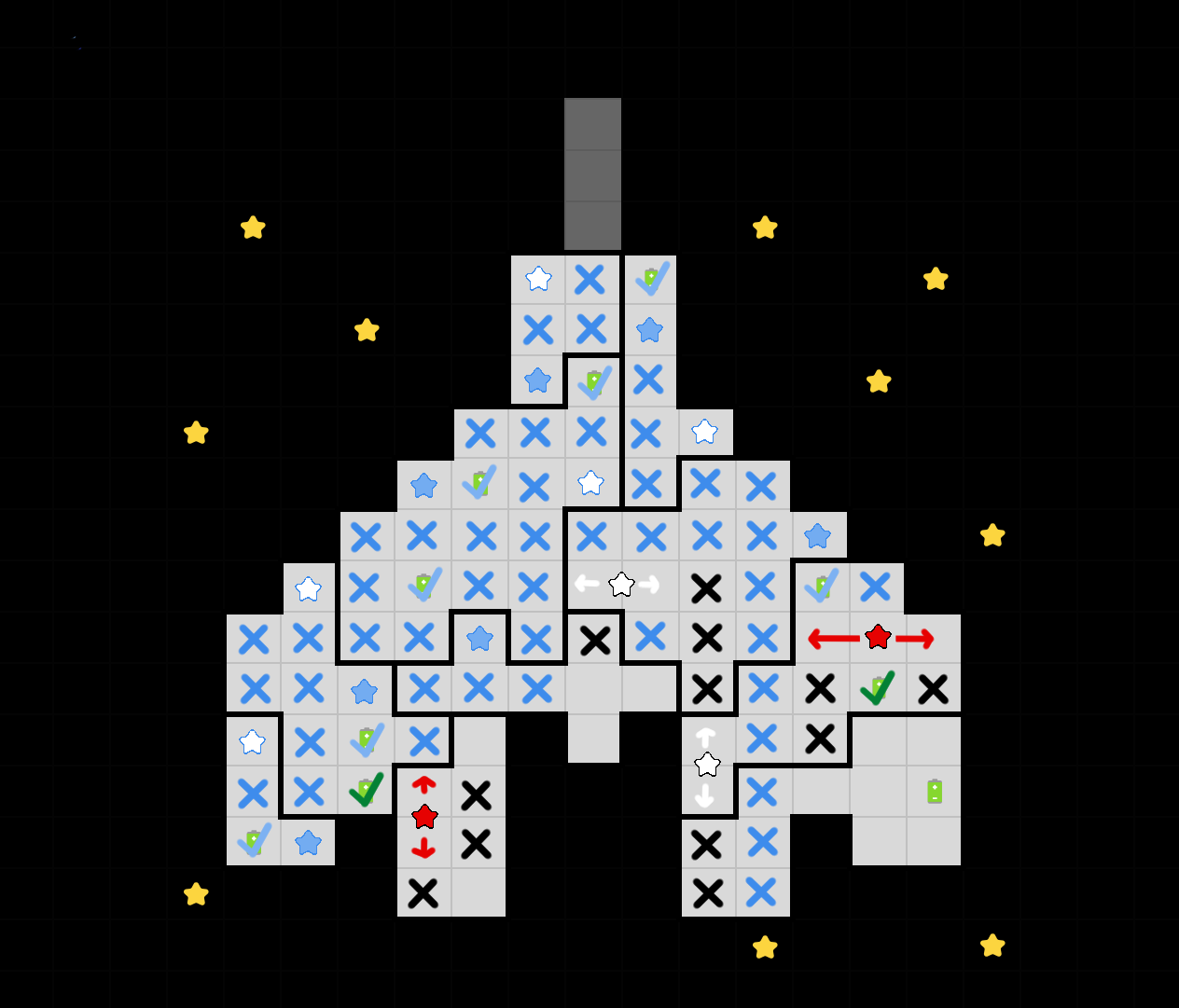
The positions of the final stars are disambiguated by two observations. The final row has only one remaining spot for a star, which is the white dwarf in the size 7 region in the bottom left. After step 5 we also see that there is one place left for a white dwarf in the size 12 region in the bottom right. This forces the remainder of the stars into place.
